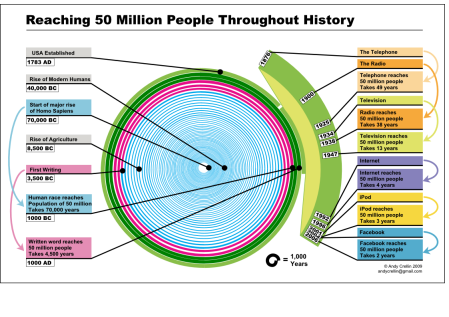I’m a big fan of Google’s way of doing things. For example, the idea of spending one day a week on personal projects is a brilliant way to tap into the hidden skills and ideas of your staff. I’m also a big fan of data. Well, not data in it’s rawest sense, but the uses to which it can be put. So, really I’m a big fan of analytics. Google is one of the biggest repositories of behavioral data there is – simply because we spend so much of our time online and using Google to search.
Google Flu Trends
One very beneficial graduate of Google’s labs is the Flu Trends product. This measures the prevalance of searches for flu related terms in the US and can estimate flu activity up to two weeks faster than traditional methods. And last week the Centres for Desease Control in the US asked Google to perform a similar analysis of data from Mexico to see if the spread of swine flu was reflected in the data before the media got hold of the story. And it was.
As you can see from the above graph, there is an unseasonal rise in flu related searches from early April.
The power of this type of analysis is only just being realised, but the sheer amount of data and its range means that it is going to take some impressive analytical minds to design useful products. As this Wired article says, nobody was looking at the Mexico data when it would have been useful.





 Posted by andycrellin
Posted by andycrellin 










